“Strength from the Soil” is the motto found on the Coat of Arms of North Dakota. The legislators who chose this motto were right. Soil is the foundation of our history and has a story of its own.
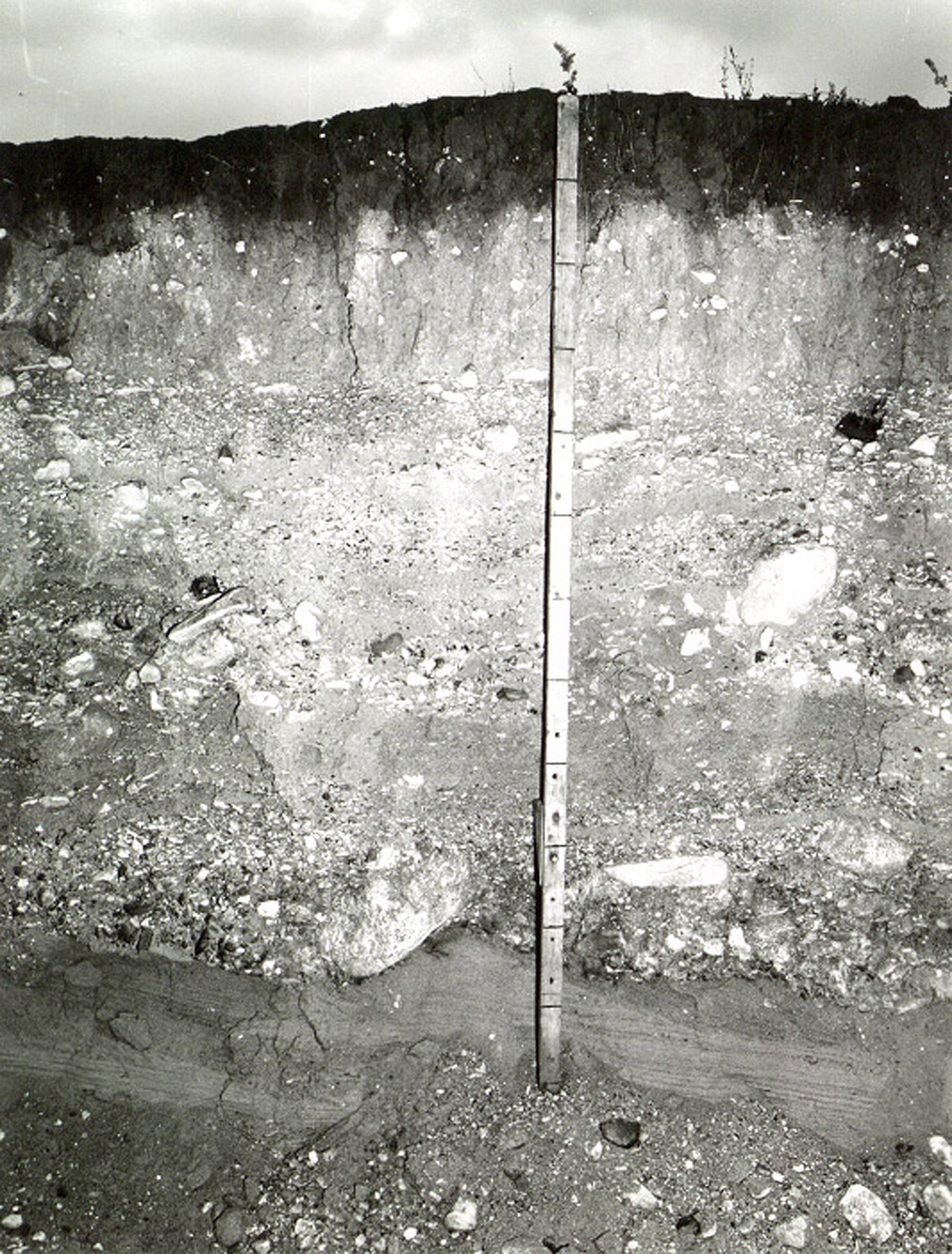
Soil developed from rocks, but many of its nutrient qualities were shaped by the plants that grew on the soil. During millions of years, rocks were ground up by wind, water, freezing temperatures, and plant roots. Glaciers had a part in that process, too, as they ground rocks against other rocks and laid down sediment in the glacier’s path.
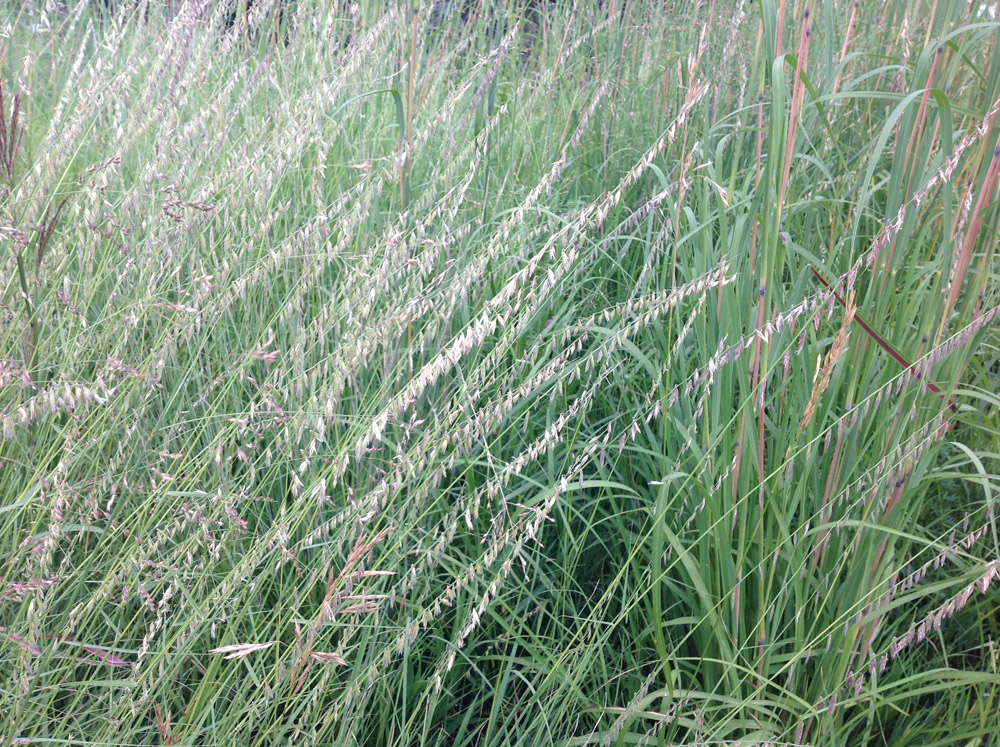
Soil is a mixture of sand (gritty), silt (smooth), and clay (sticky). (See Image 5.) Soil holds water, minerals, and nutrients to support plants. Plants lose their leaves to wind, rain, and chewing animals. At the end of their life cycle, plants die. Their leaves and stems decompose with the aid of insects, worms, and bacteria. This decomposed material is called organic matter. It comprises only 5% of soil, but it does three important things. First, the organic matter stabilizes the soil so wind and water will not erode the soil quickly. Second, organic matter allows plant roots to penetrate deeper into the soil where they have access to water and nutrients. Third, soil with plenty of organic material allows water to move down into the area of the roots. When rain hits soil with little organic material in it, the water simply runs off rather than penetrating the soil.
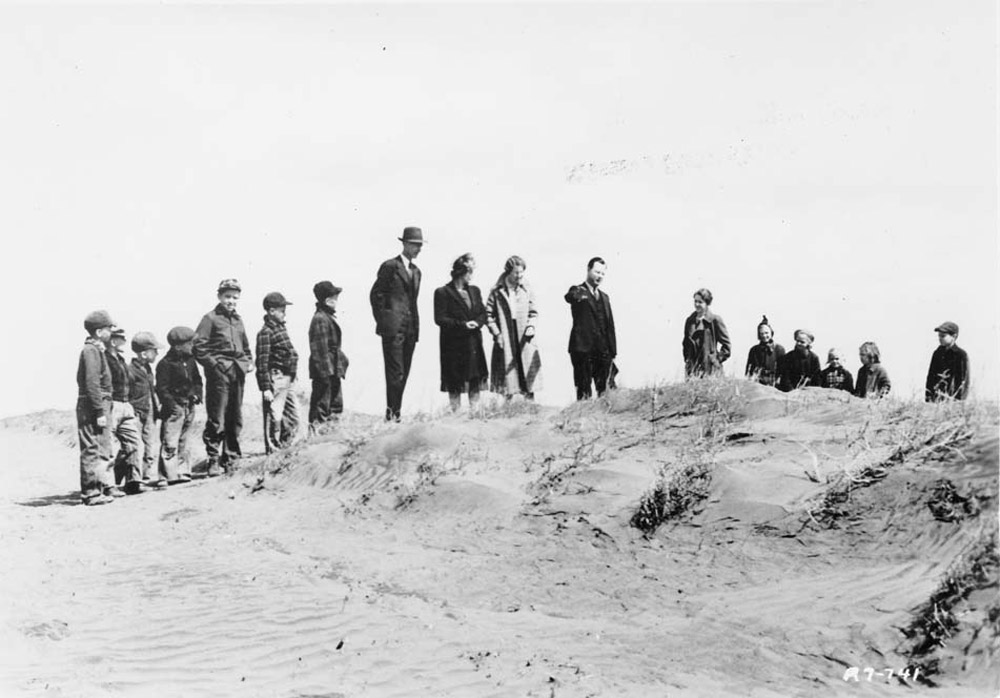
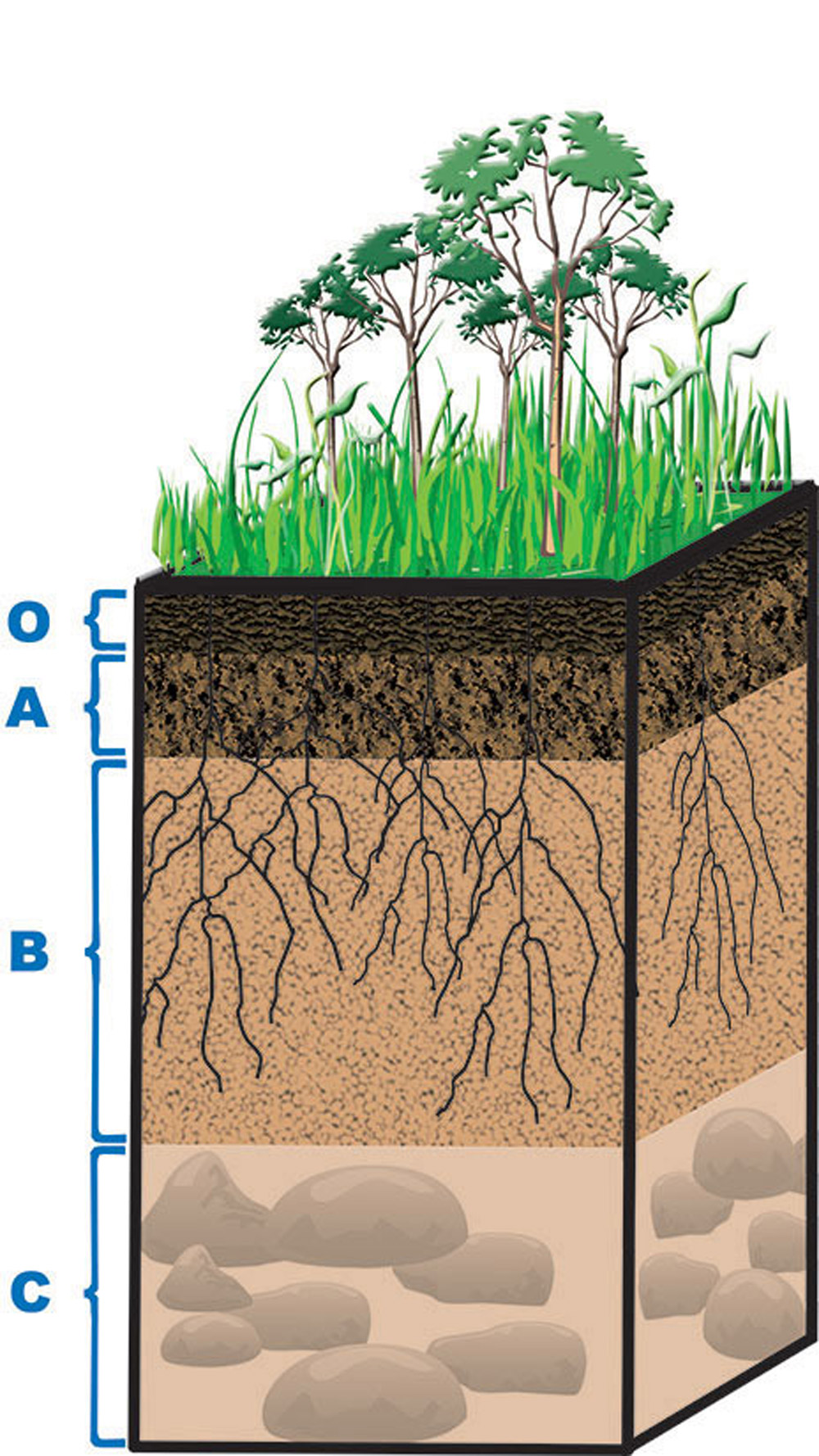
Because climate determines what kind of plants will grow, the climate also influences the type of soil. The soils that developed on the grasslands are different from the soils of the forests.
In the forests, leaves fall from the trees and lie on the surface of the ground. Beneath the trees, there are some smaller plants. Little of the forest litter (leaves lying on the ground) gets down into the soil unless burrowing rodents and insects carry the litter into the ground.
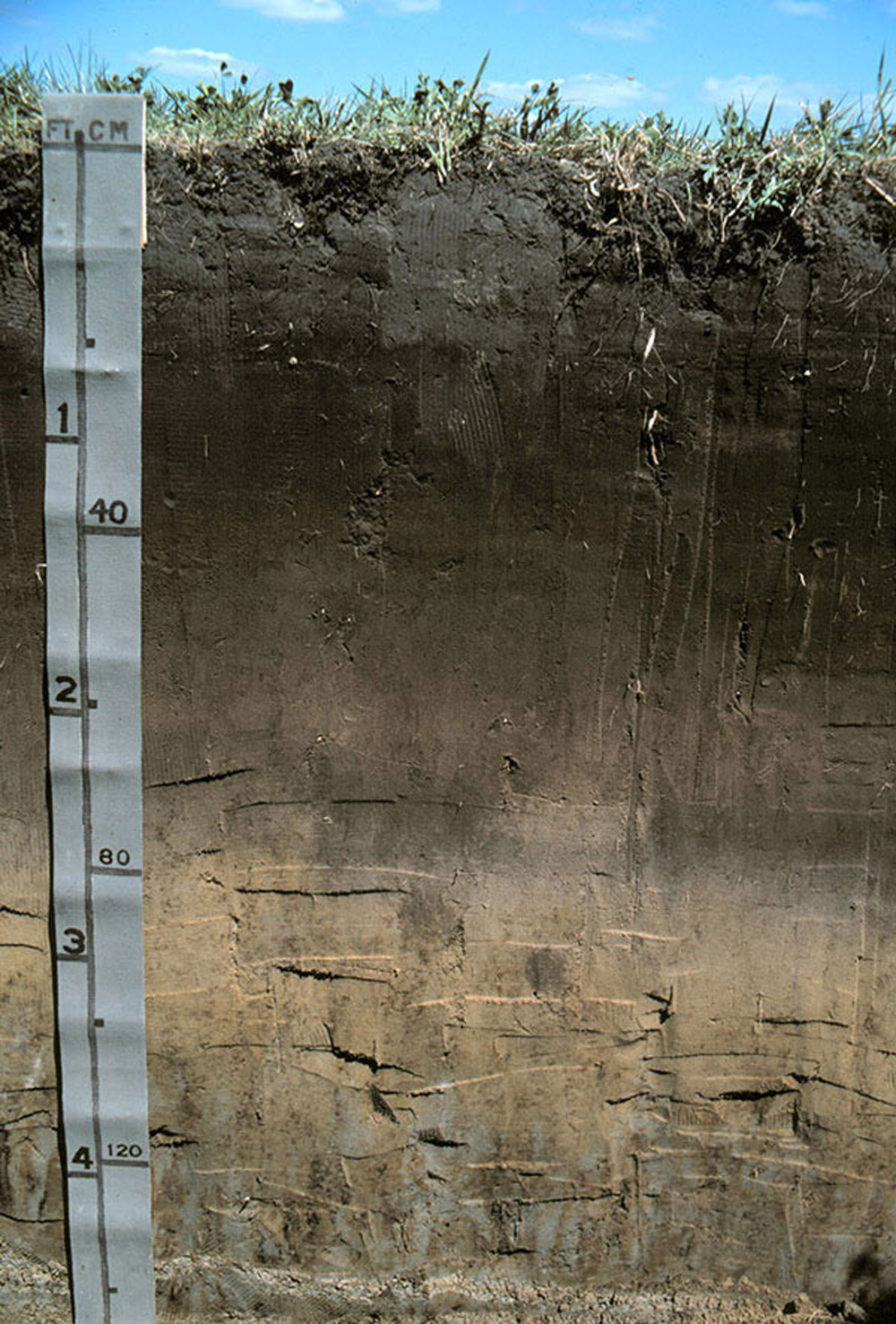
In the open grasslands, grasses have branching root systems that may go as much as six feet into the ground. (See Image 6.) Grasses continually die and decay. The dead leaves, stems, and roots of grasses accumulate to form a dense sod. The dark upper layer of sod is called humus (HUE-muss) which is where plant nutrients are found. A good layer of humus helps the soil to hold moisture and provides nutrients to plants. Grasses take up more nutrients from the soil than do trees. As they die, grasses return the nutrients to the soil, making the soil of grasslands more fertile than forest soils. (See Image 7.)
Soil scientists study soils by looking at soil horizons. (See Image 8.) They carefully dig down into the soil to view the layers. The depth and color tell the scientist what kind of soil it is and how fertile it might be.
The top layer, or O horizon, is where the plant litter lies. This is the uppermost layer where the humus is located. When a farm field is tilled year after year, the O horizon is destroyed.
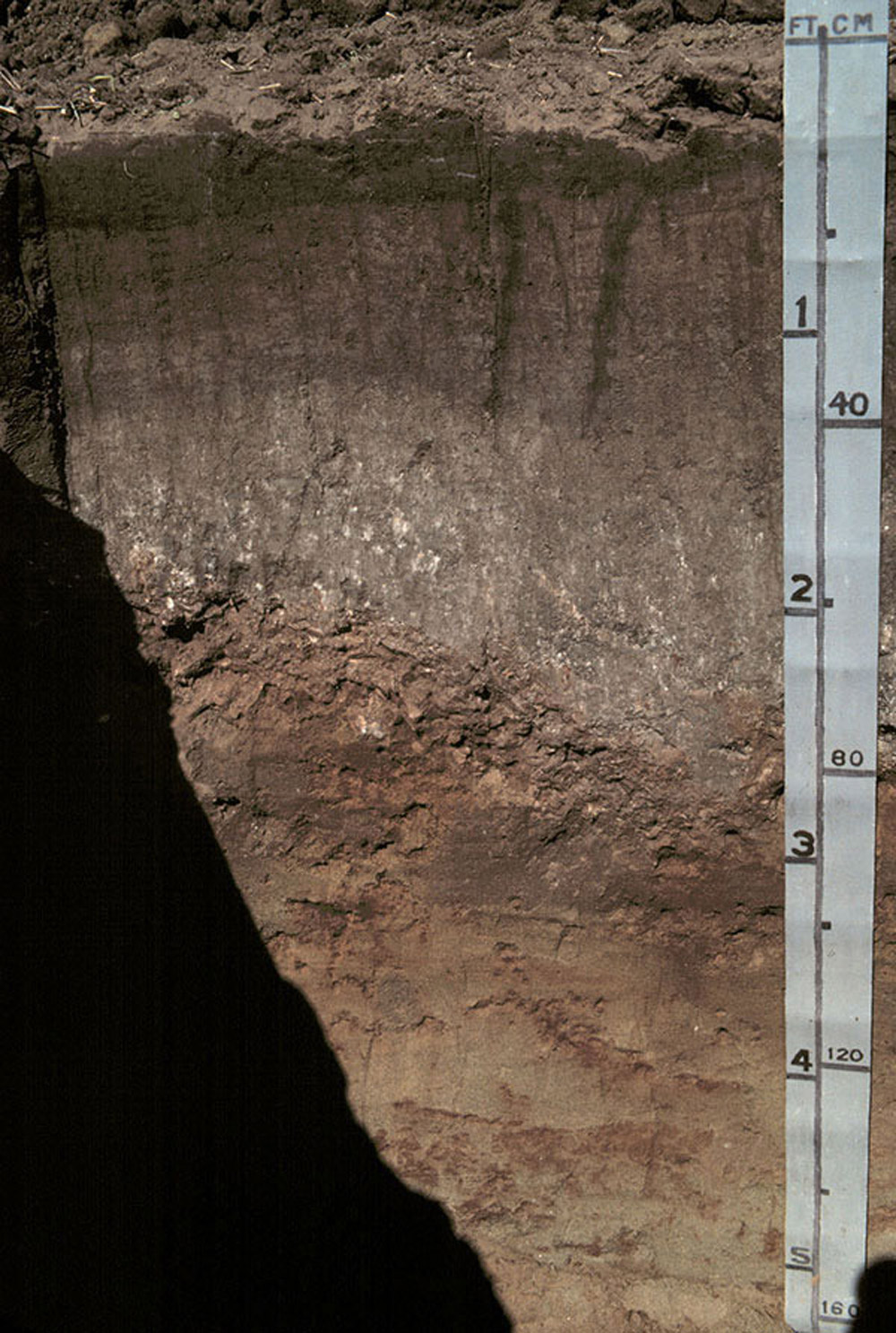
The next layer is called the A horizon. This is where the topsoil is found. This soil appears darker than the layers below it. The very fertile soils of the Red River have a very dark A horizon. (See Image 9.) This is the most important layer for plants. It is where seeds germinate and roots develop. At the bottom of the A horizon is an area (sometimes called the E horizon) where water leaches (or removes) the minerals and other nutrients that are carried into the next lower layer, or B horizon. (See Image 10.)
The B horizon is the subsoil layer. Minerals accumulate in this horizon. Subsoil is lighter in color and has less organic matter than the A horizon (topsoil.) However, moisture retained in the B horizon is very important to plant growth during a drought.
The C horizon (also called the regolith) lies between soil and bedrock. This layer is high in minerals and is likely to be coarser than the topsoil above. There may be more rocks in this layer.
Why is this important? Sometimes, we look at North Dakota’s landscape and think it is boring. There are few trees, no rocky canyons or high mountains. However, the rolling plains of grass that cover much of North Dakota have created some of the best agricultural soils in the world. Grass roots and leaf litter are still making healthy, nutrient-rich soil. We can thank the plants that grew over millions of years, and the glaciers, rains, floods, and winds for our good soil and good fortune.


